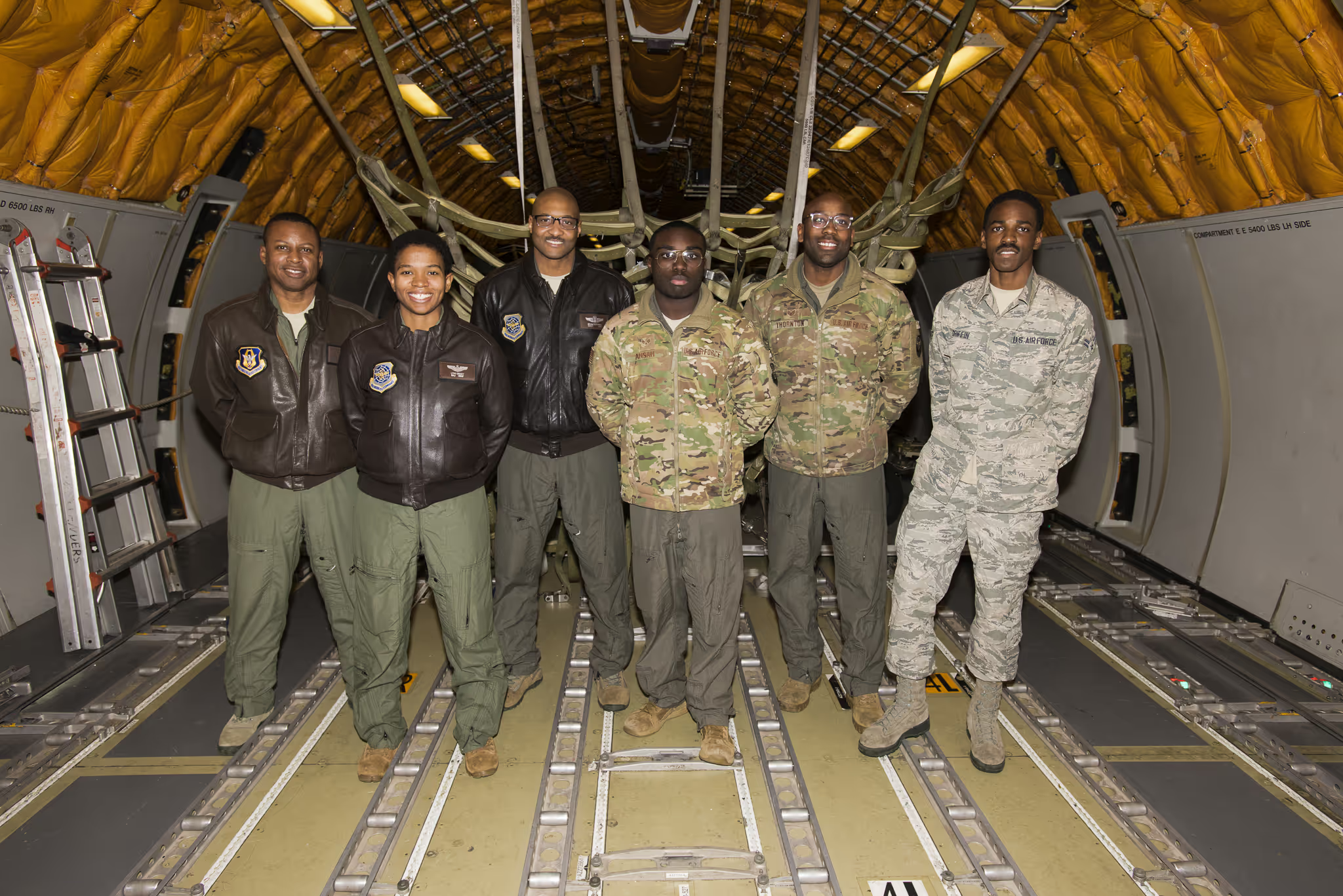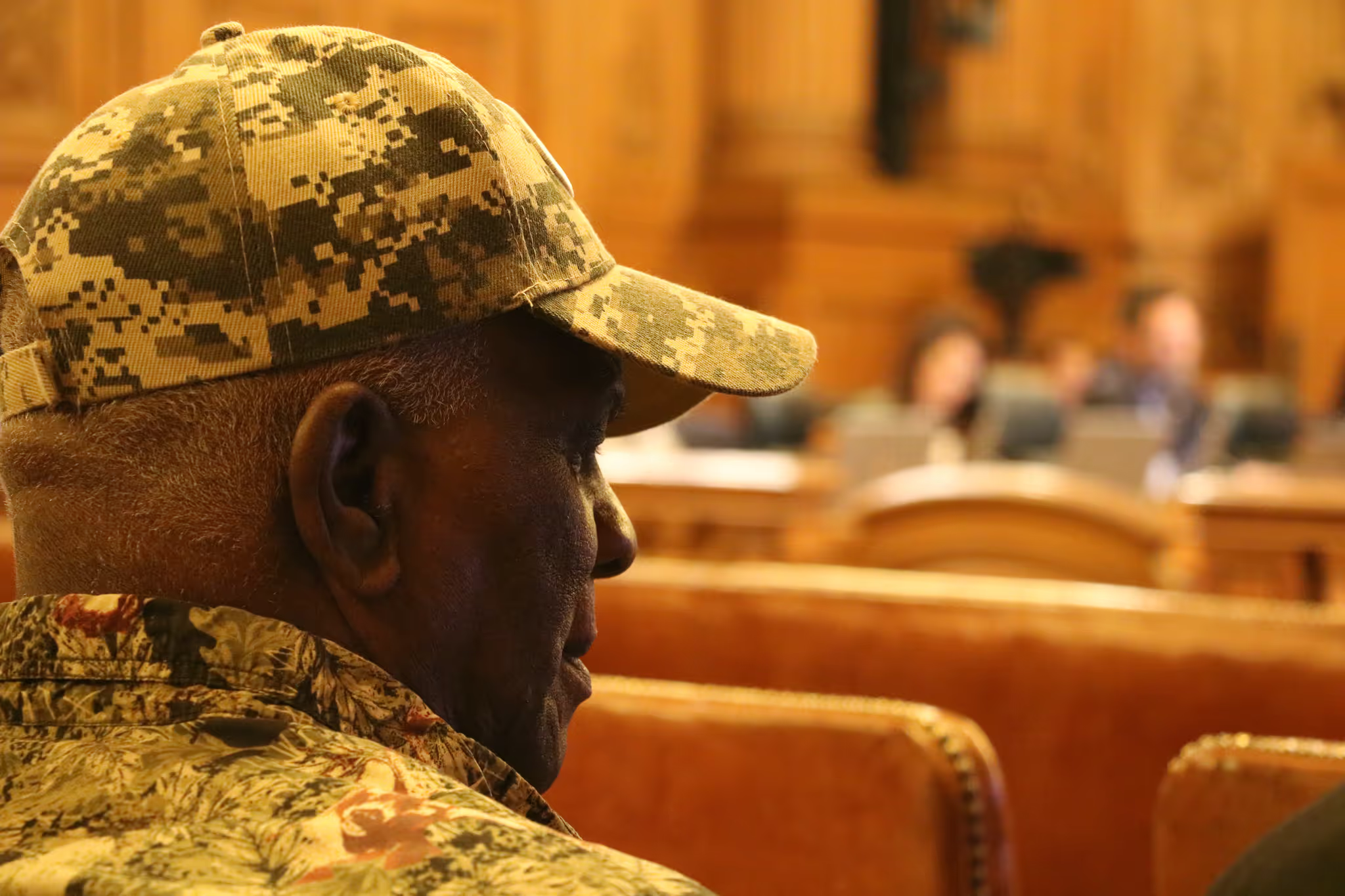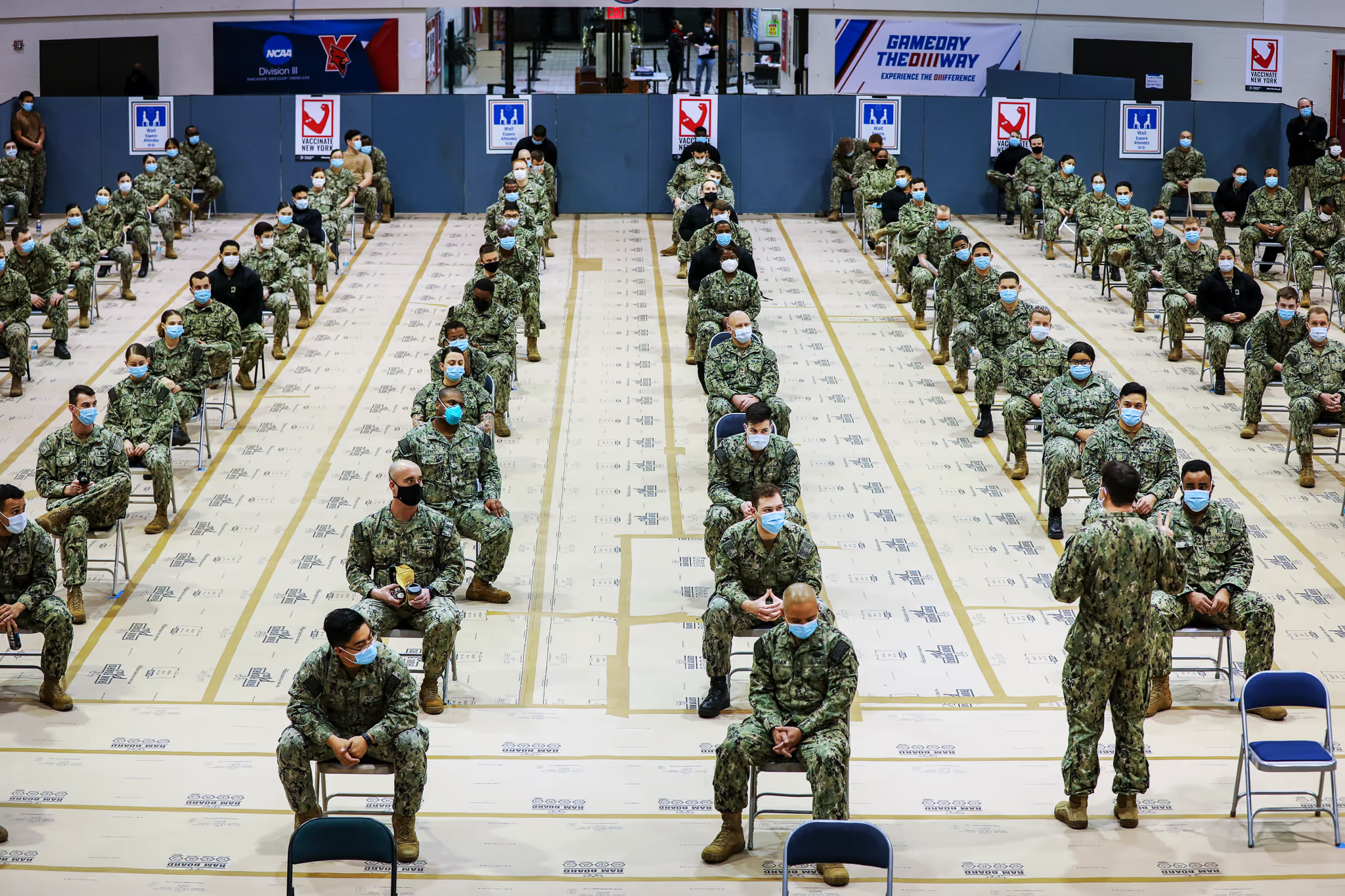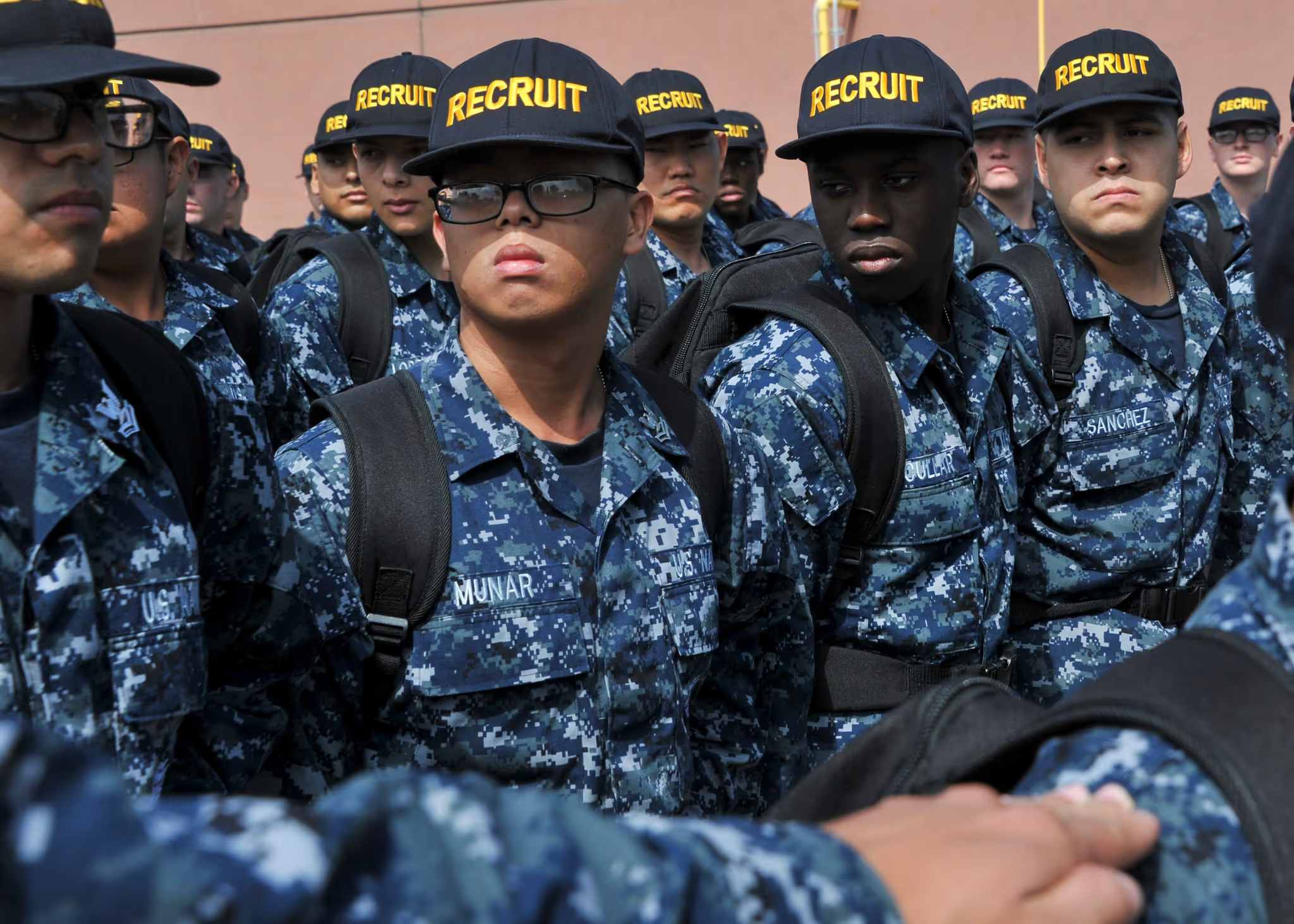Ticking Timebomb, or Falsely Stereotyped?
Less than 0.5 percent of the US population currently serves in the military and around 7 percent of the US population has been in the military at any time. Thus, for the rest of the population, any understanding of military culture is often based on impressions gleaned from movies, video games, and limited news coverage. Too often veterans are falsely stereotyped as aggressive ticking timebombs with post-traumatic stress disorder (PTSD), other psychological conditions, and/or substance use issues. Other false assumptions include the notion that all veterans have been in combat, that they all have access to the US Department of Veterans Affairs (VA) healthcare, and that most are homeless. One truth about veterans is that they indeed have experienced a life unlike that of their civilian counterparts. They have emerged from a rigid, prescribed, demanding, and at times, dangerous life-changing experience that few civilians will ever know. Although their friends, neighbors, and relatives may feel they are at a loss as to how to begin a conversation with the veterans in their lives, in order to erase negative stereotypes, it is important that they engage in that conversation rather than avoid it. The chasm between veterans and their communities can impede reintegration of veterans into their communities as well as their ability to secure higher education, employment, or adequate healthcare.
Watch Shannon, Navy Veteran, recount the history of the US at war during our Combat to Community® training for providers. (0:28)
Immersive Military Culture
Military culture meets the traditional definition of a culture because it has its own vocabulary, codes of behavior, dress, as well as rites of passage and rituals. Meyer and colleagues (2016) pointed out: “Immersion in military culture can be such an indelible experience that veterans will identify with it more than any other cultural influence even decades after leaving active-duty service.” This is not to minimize the other cultural influences or demographic subcultures within the military; however, veterans may emerge from their time in the military with a fundamentally altered worldview that may be a barrier to successful re-integration into their communities and civilian life. Consequently, as with any demographic group, research suggests that knowledge of military culture may be as important as health treatment options or service delivery approach in achieving successful outcomes, and that a lack of cultural information may contribute to poor outcomes.
Watch Shannon, Navy Veteran, discuss how serving in the military is a significant life changing event. (0:26)
Bridging the Divide
It is important for non-military service providers to ask if a client or patient is a veteran, even if they assume that any specific issue they are addressing is not explicitly connected to being in the military. Bridging the military-civilian divide is key to successfully addressing the needs of the veteran community. The material in this chapter is intended to provide the foundation for building that bridge.









